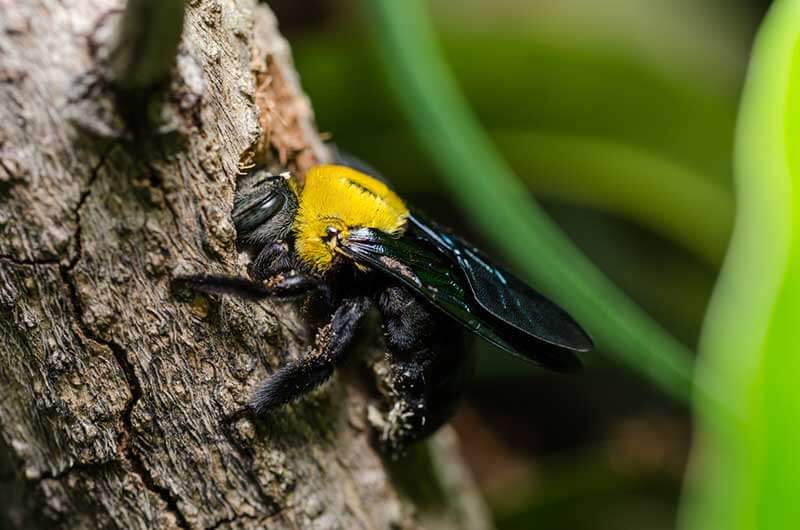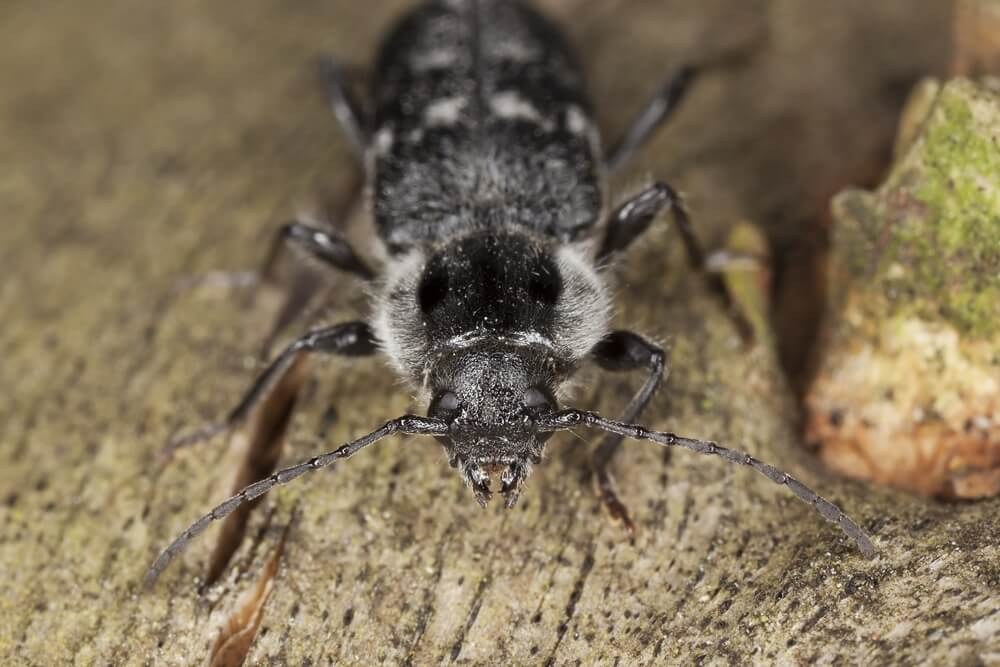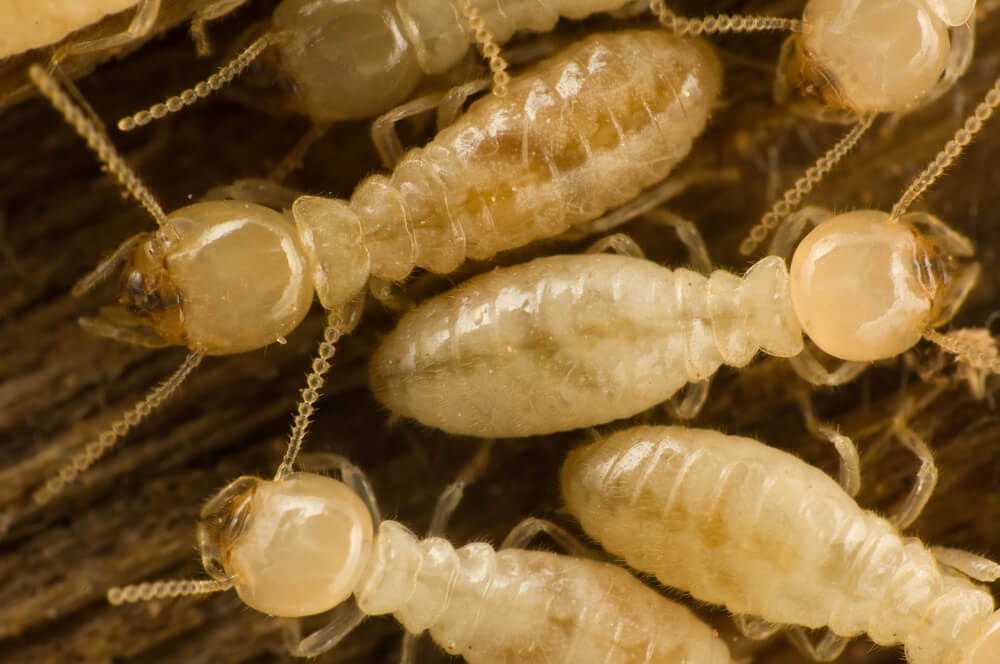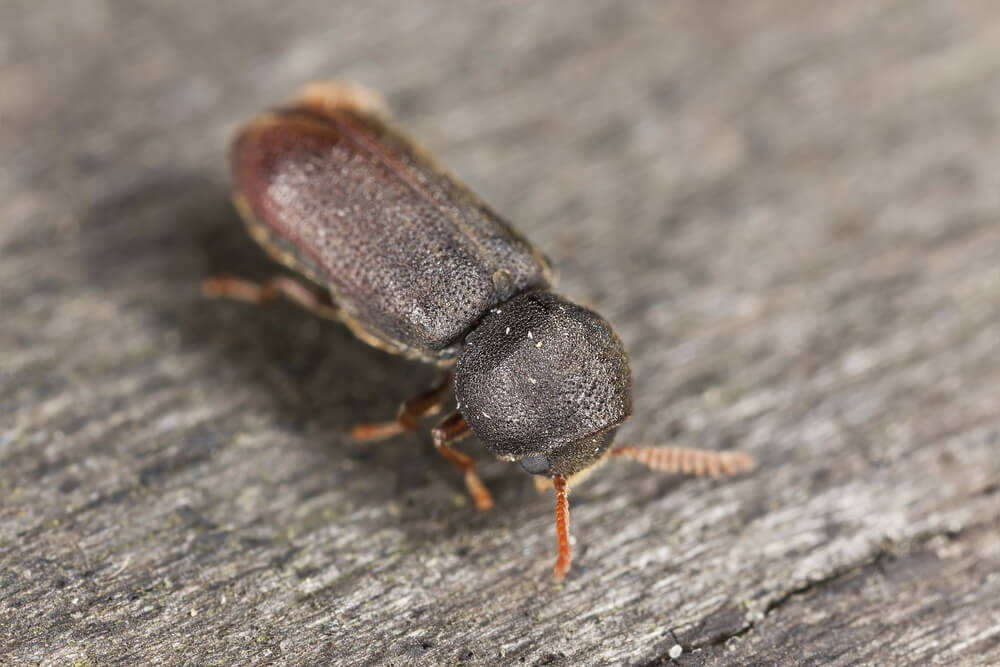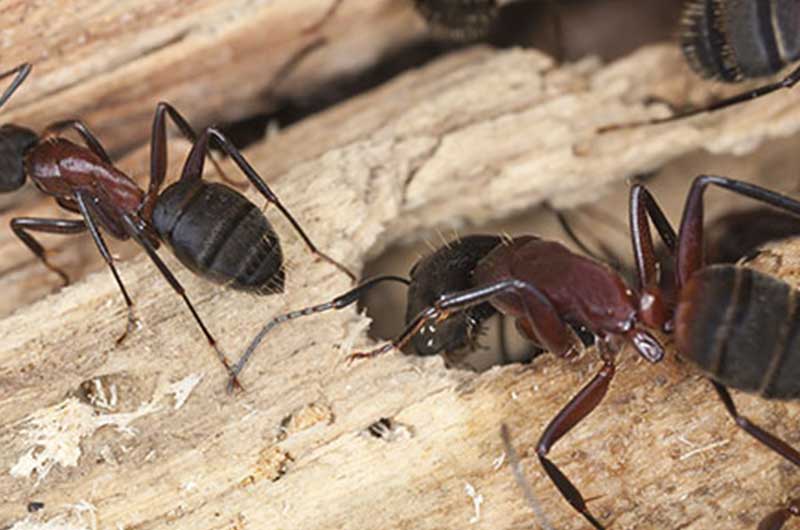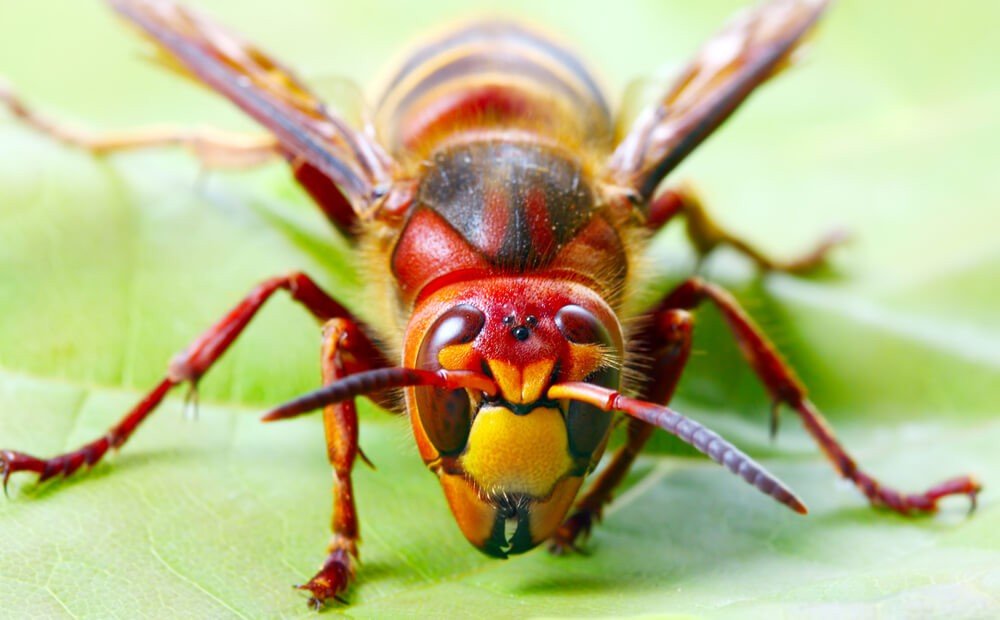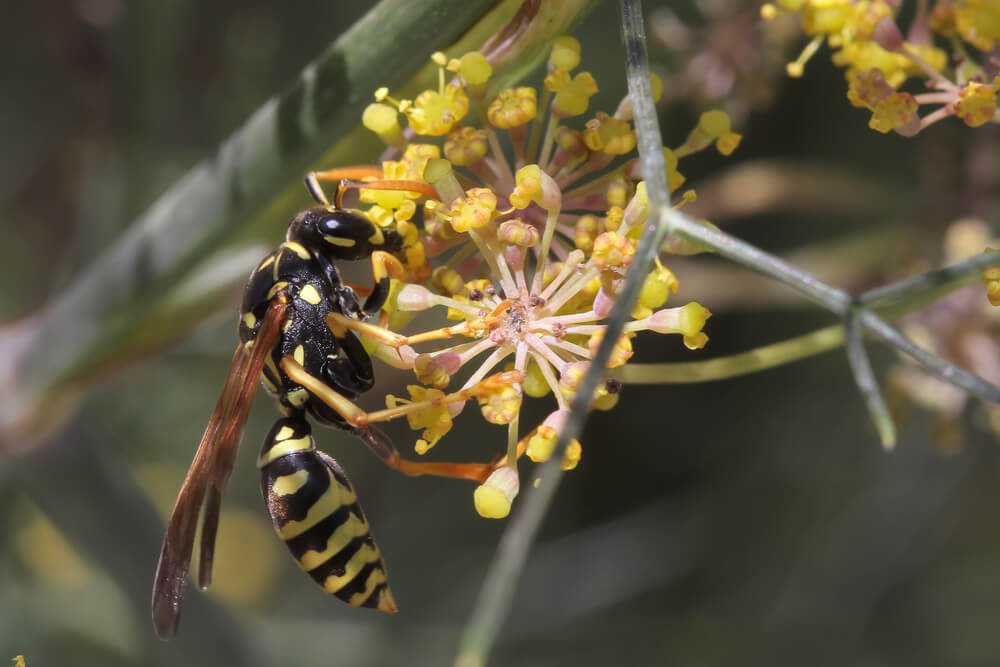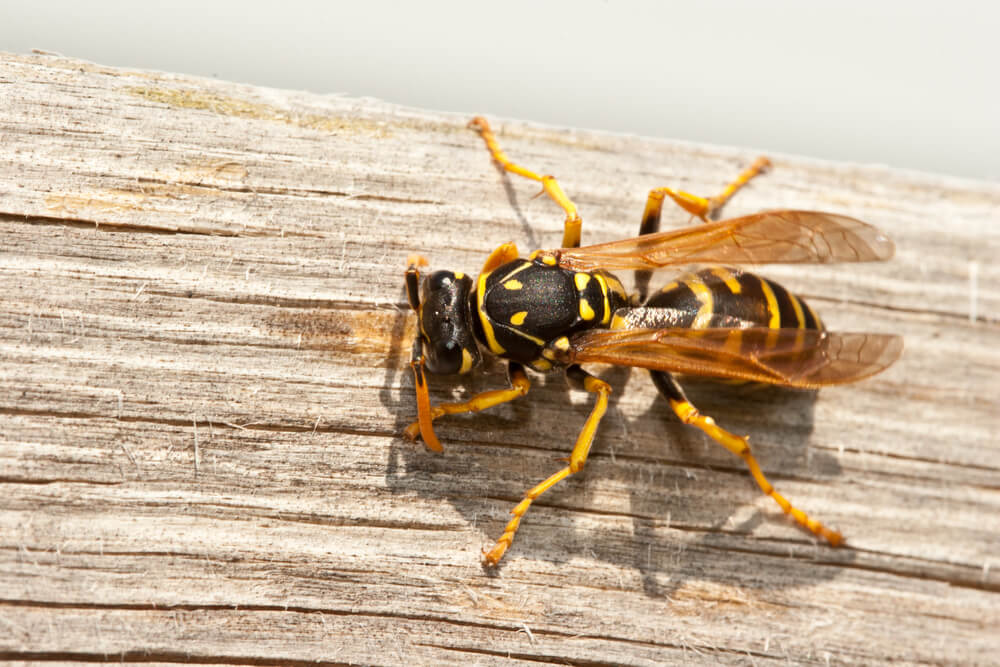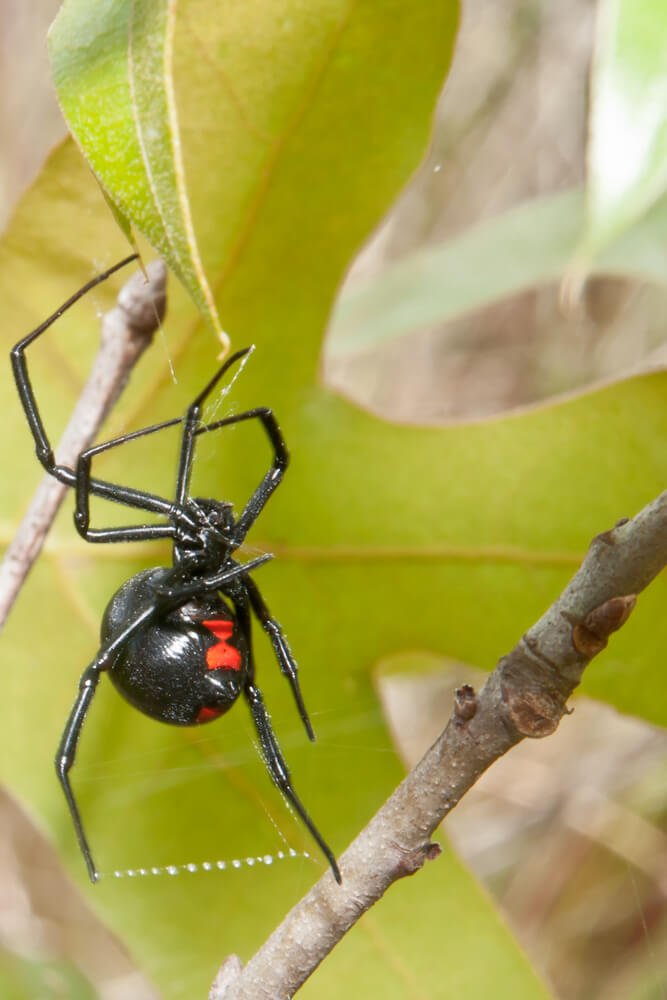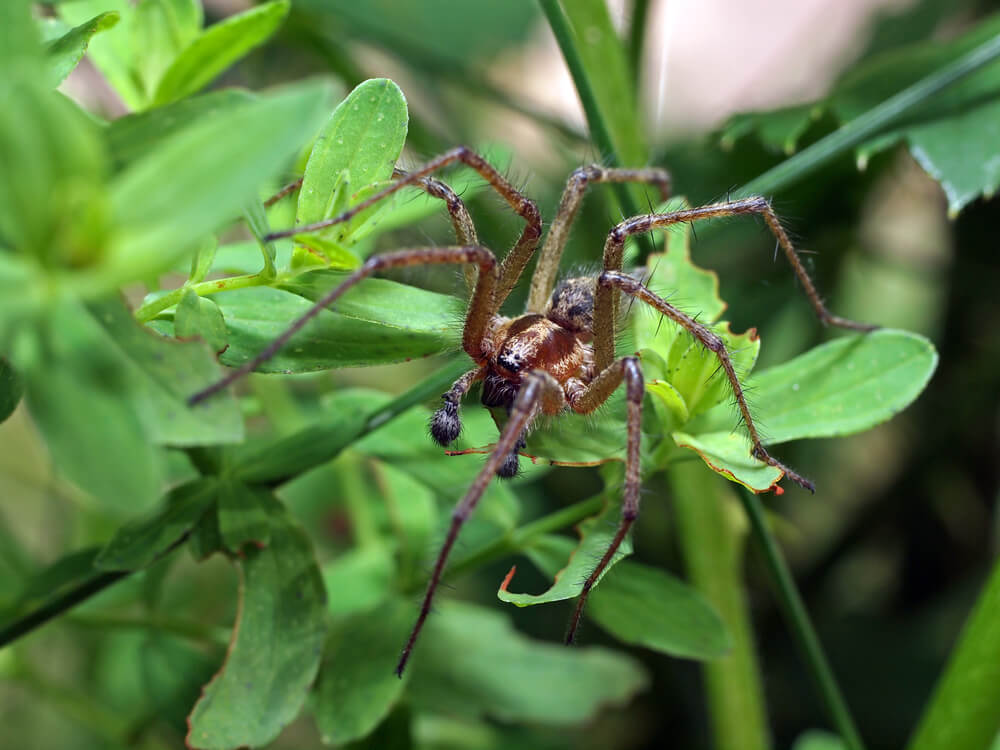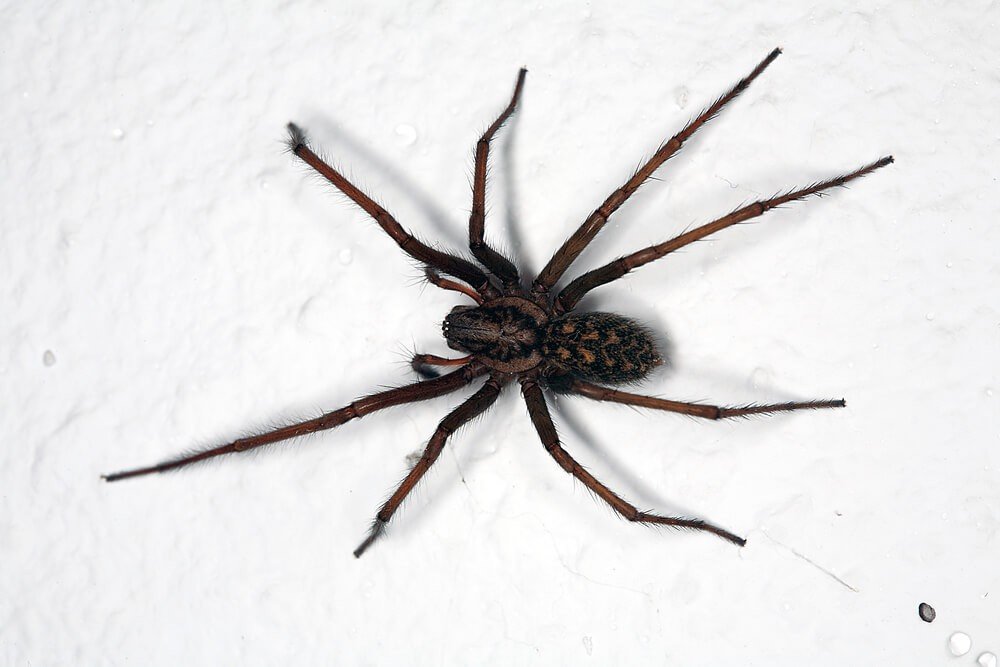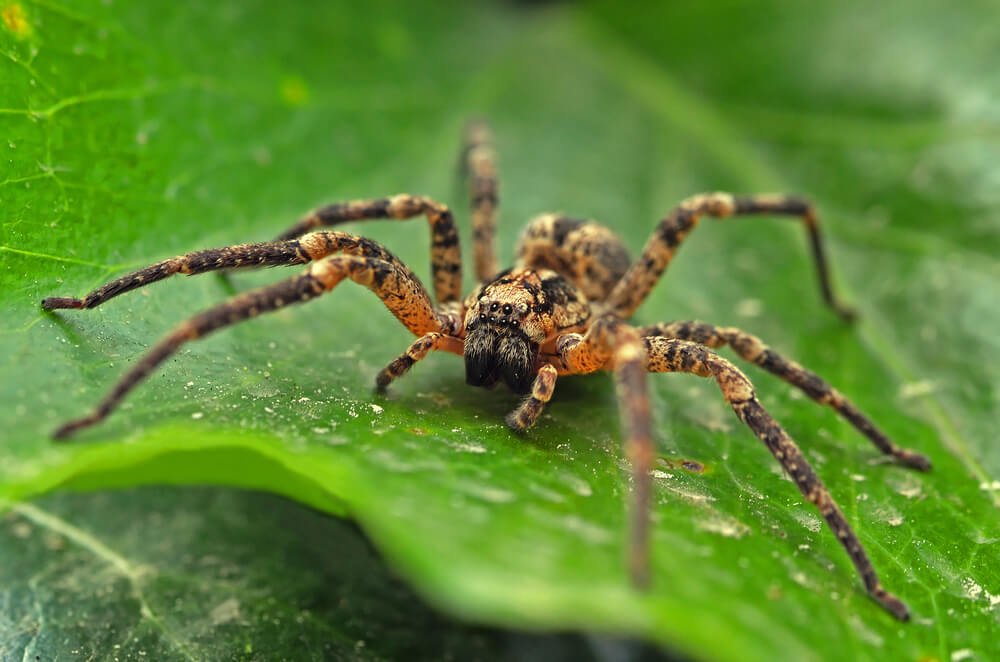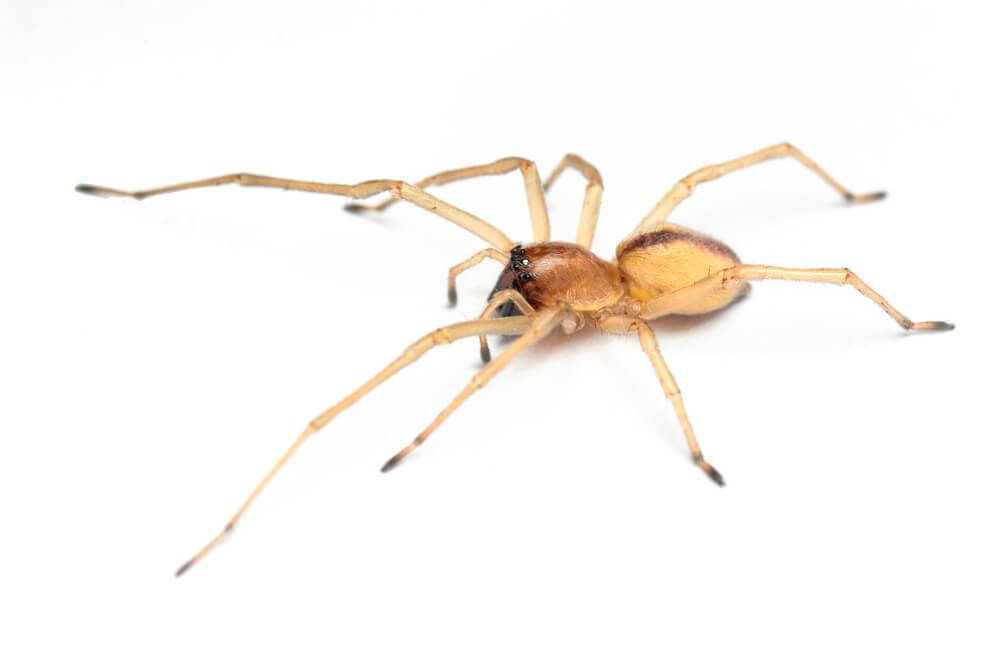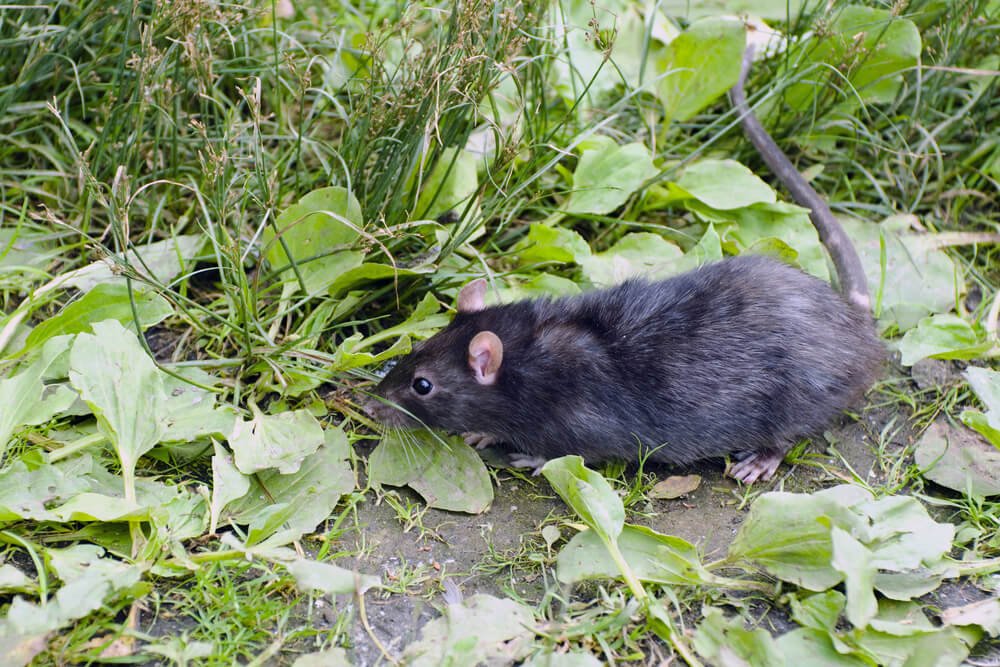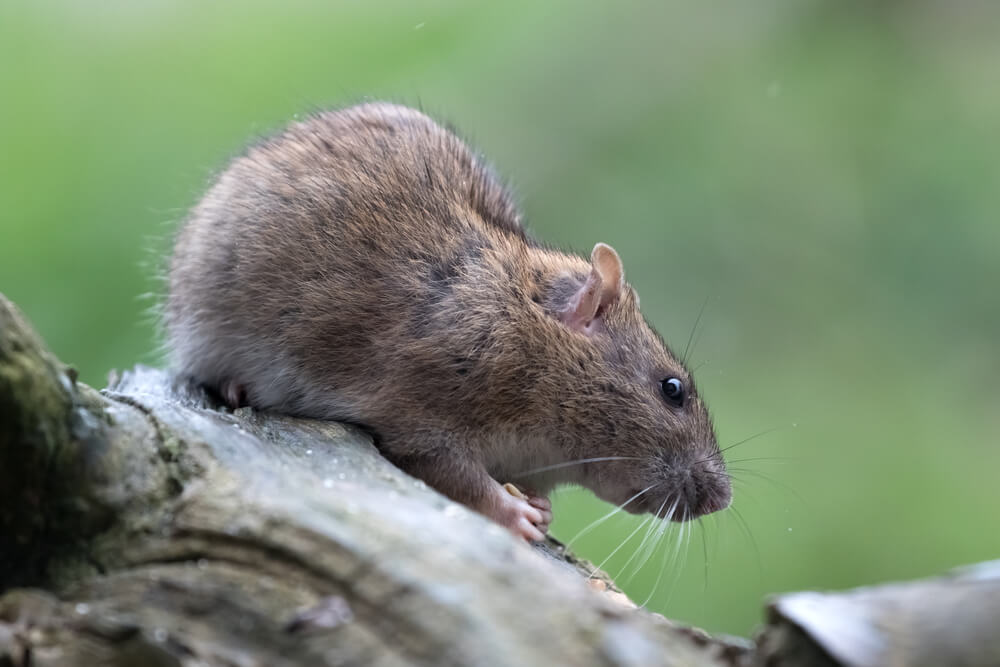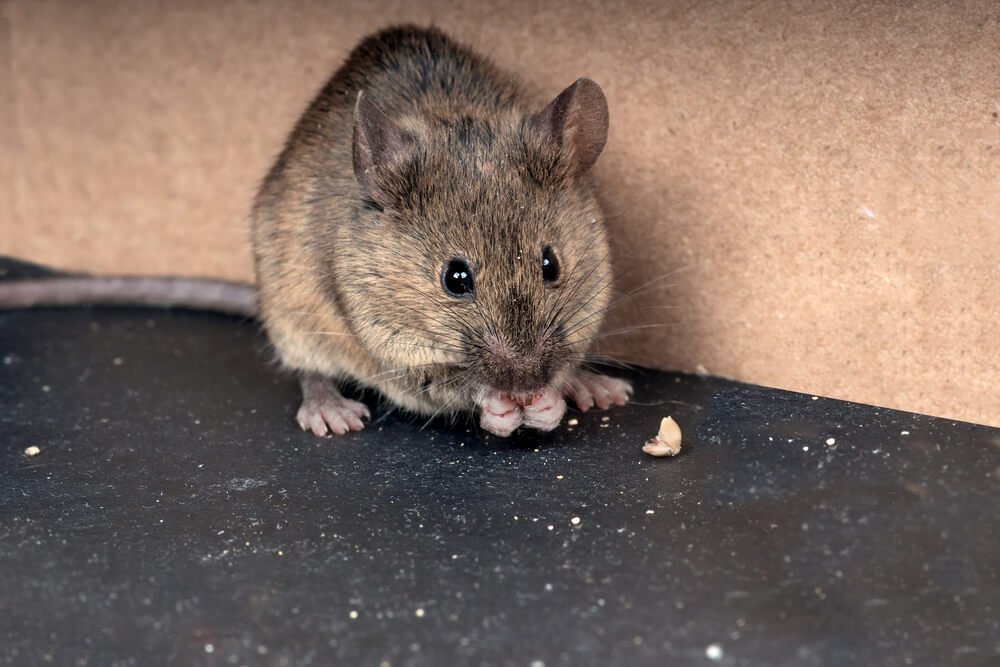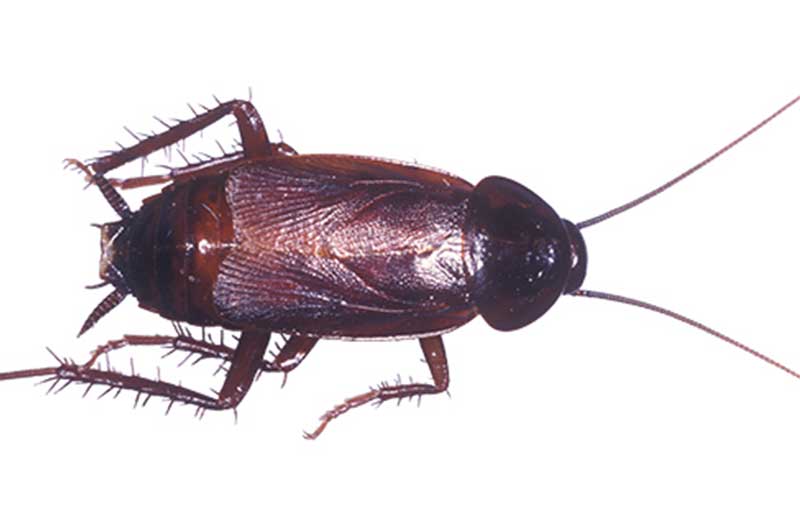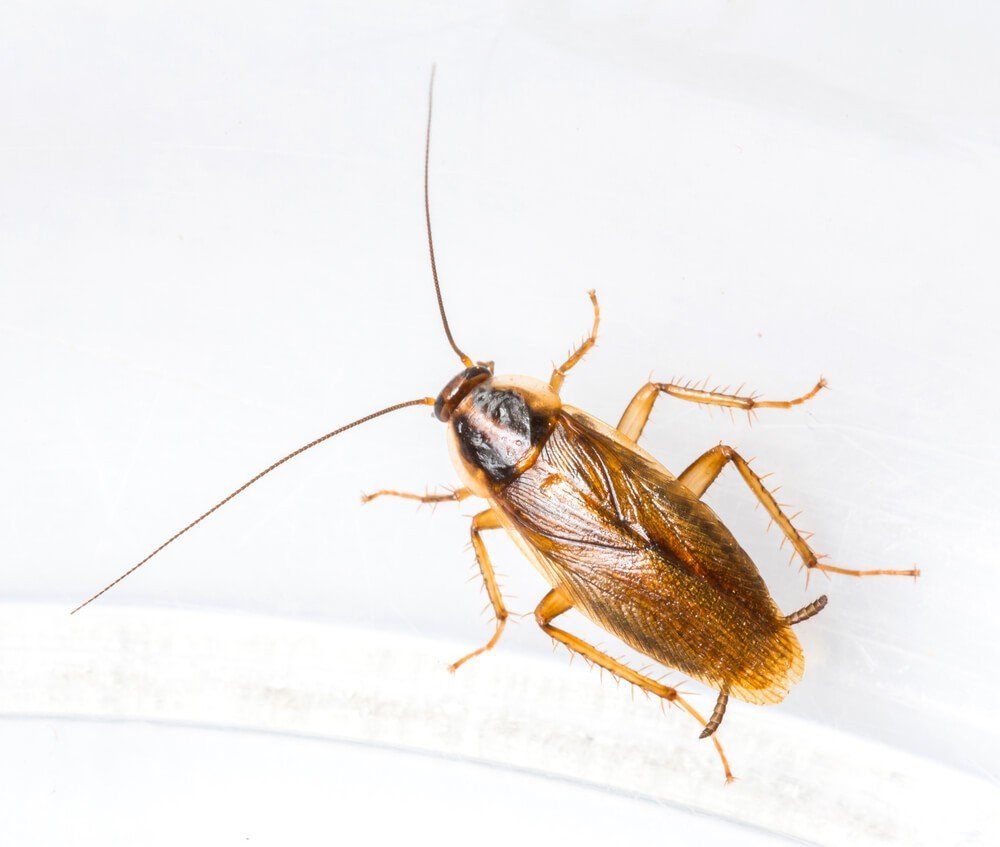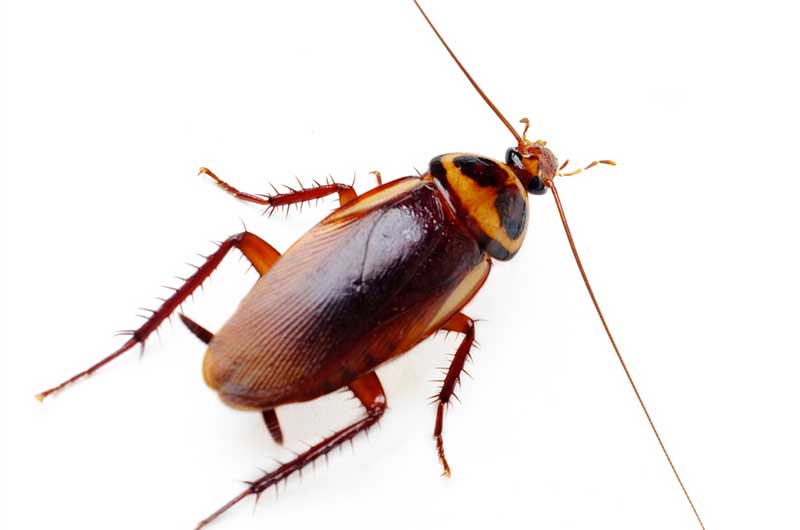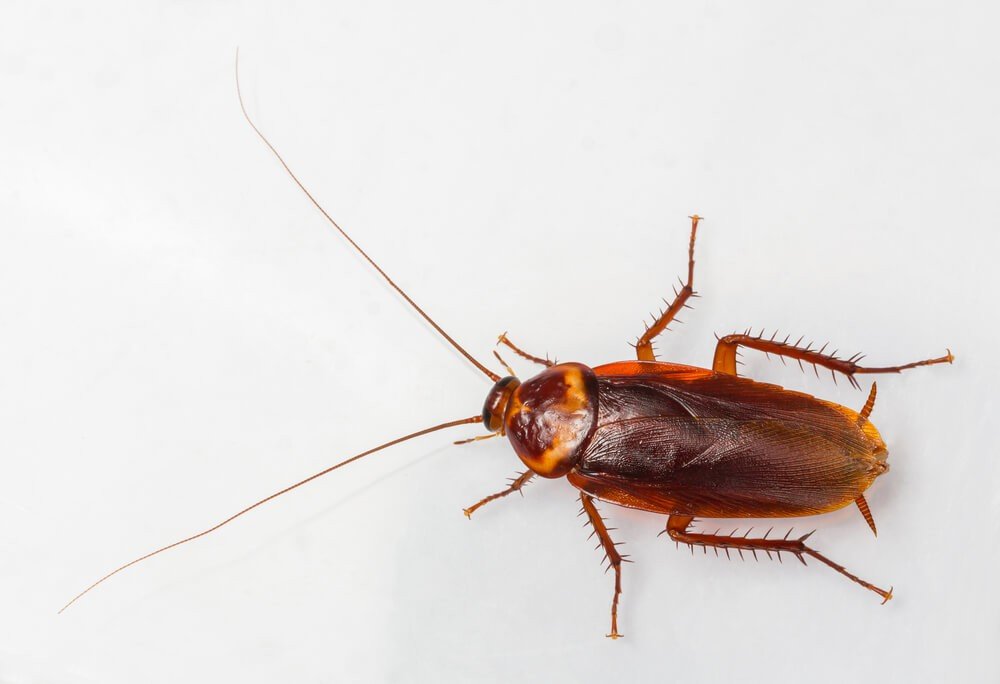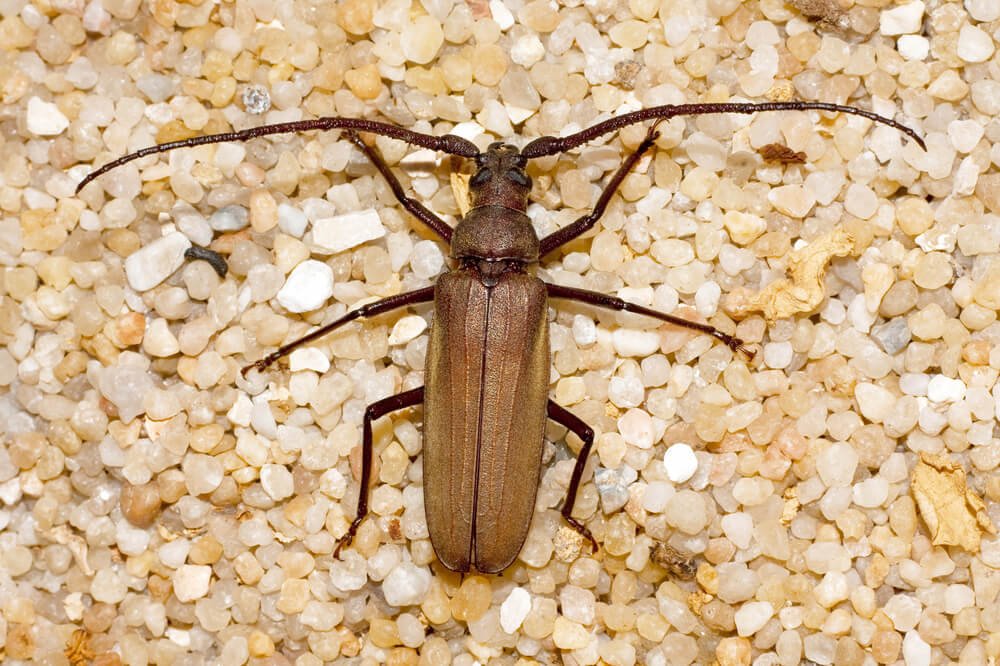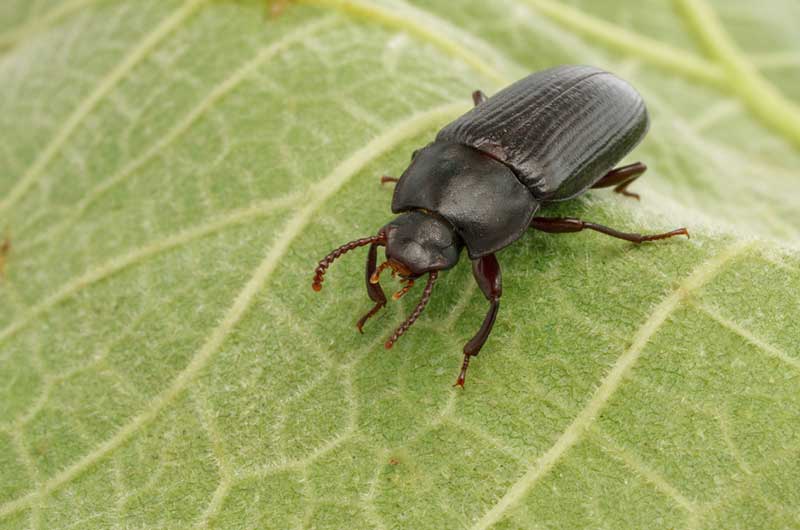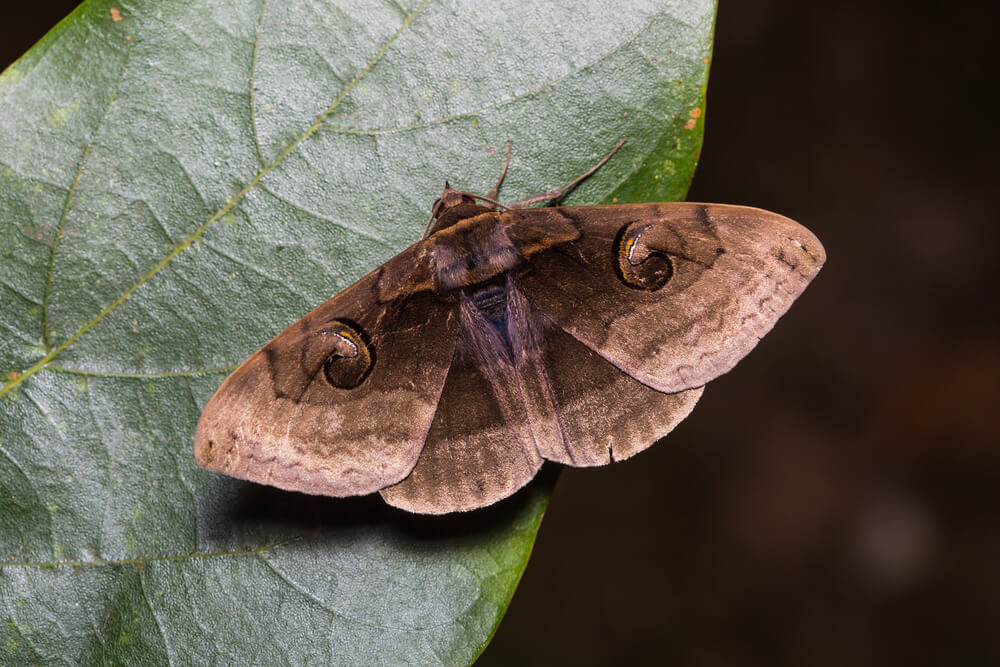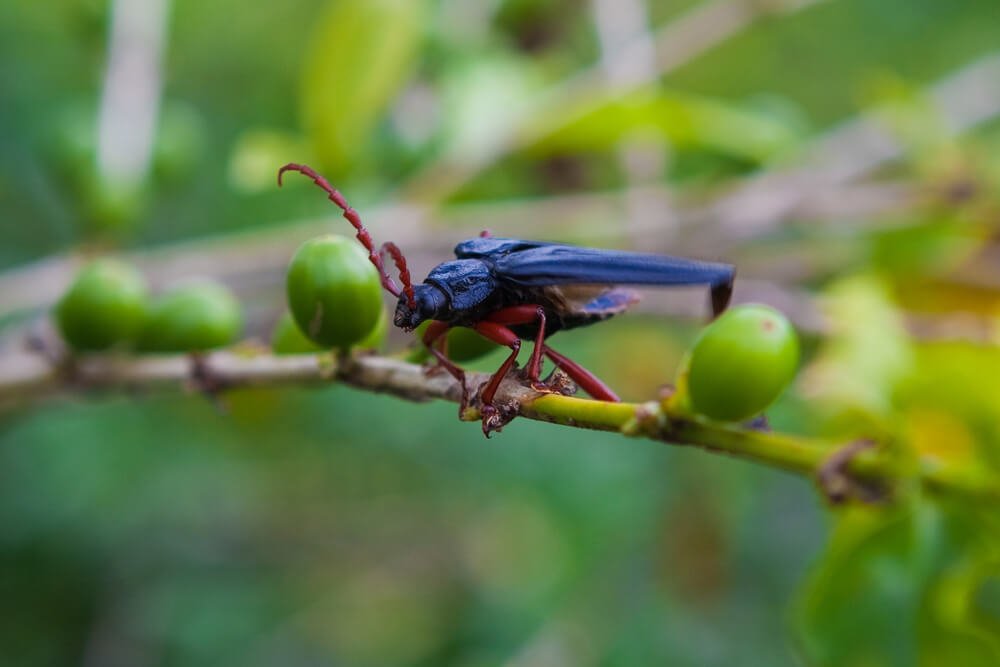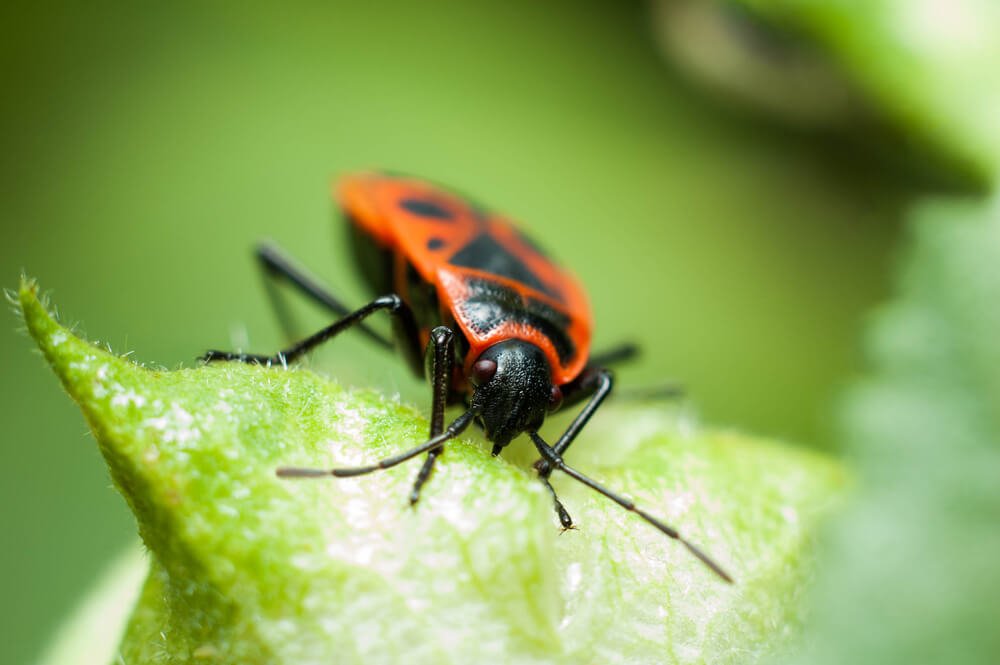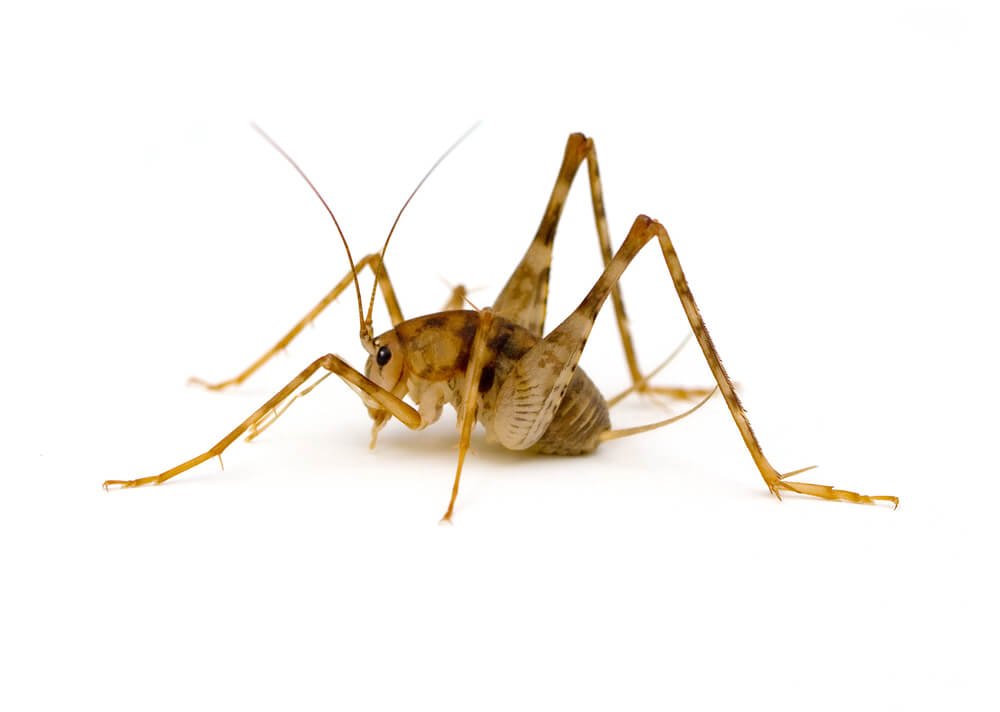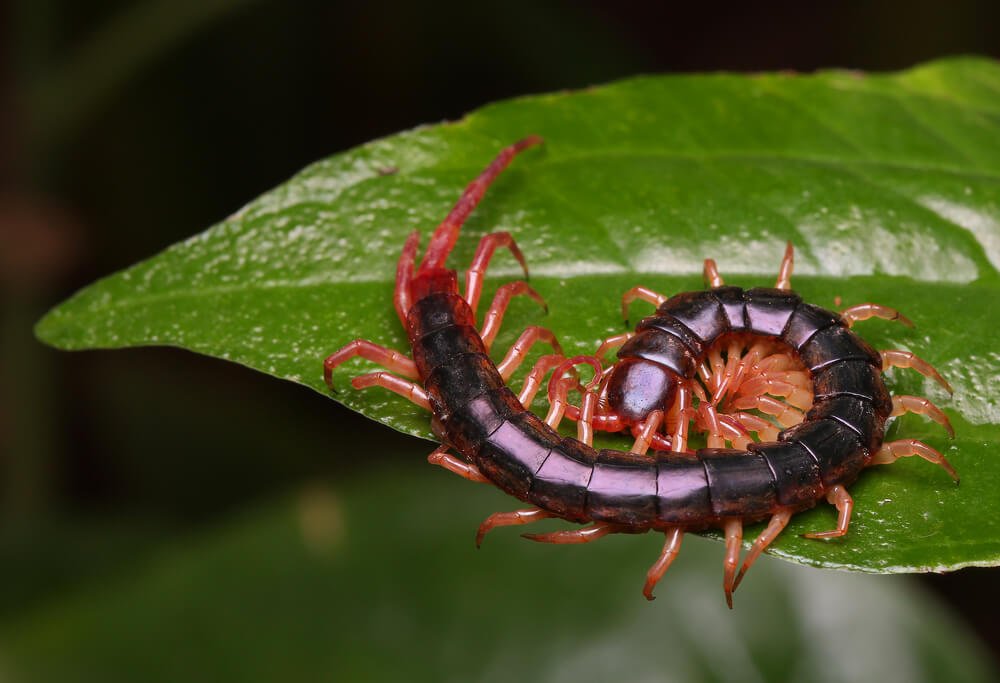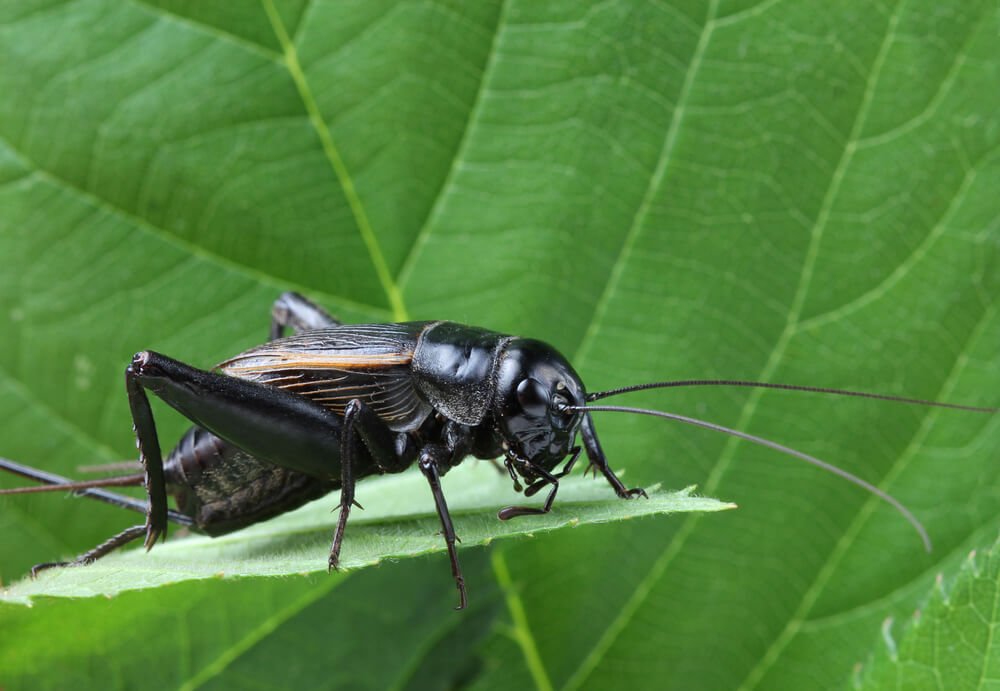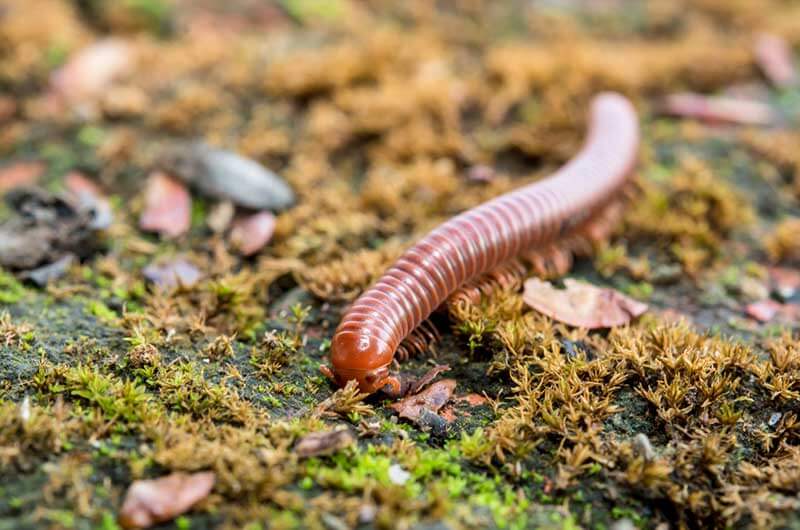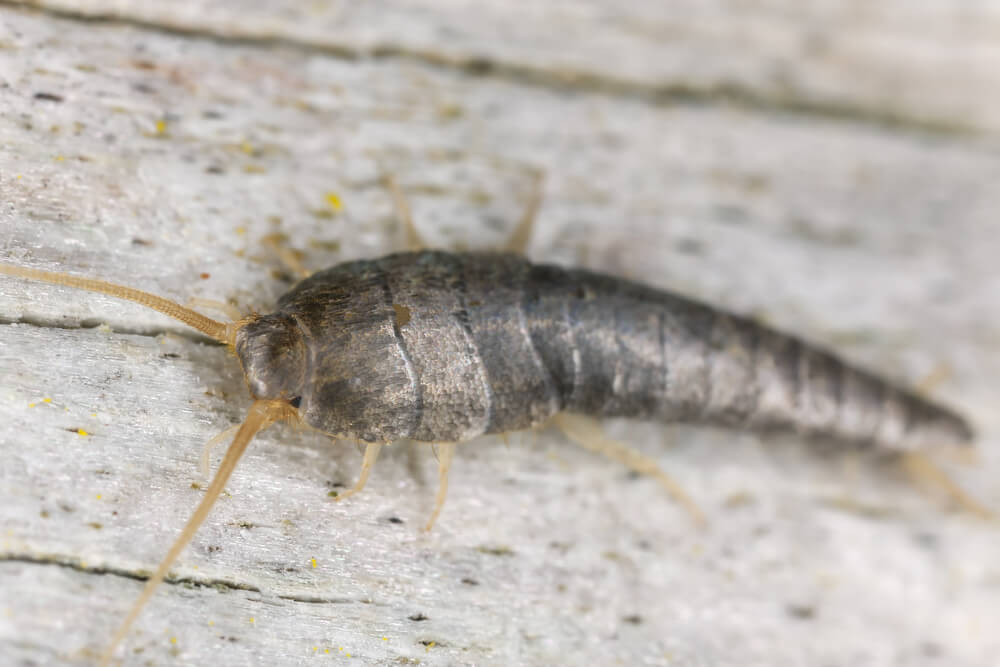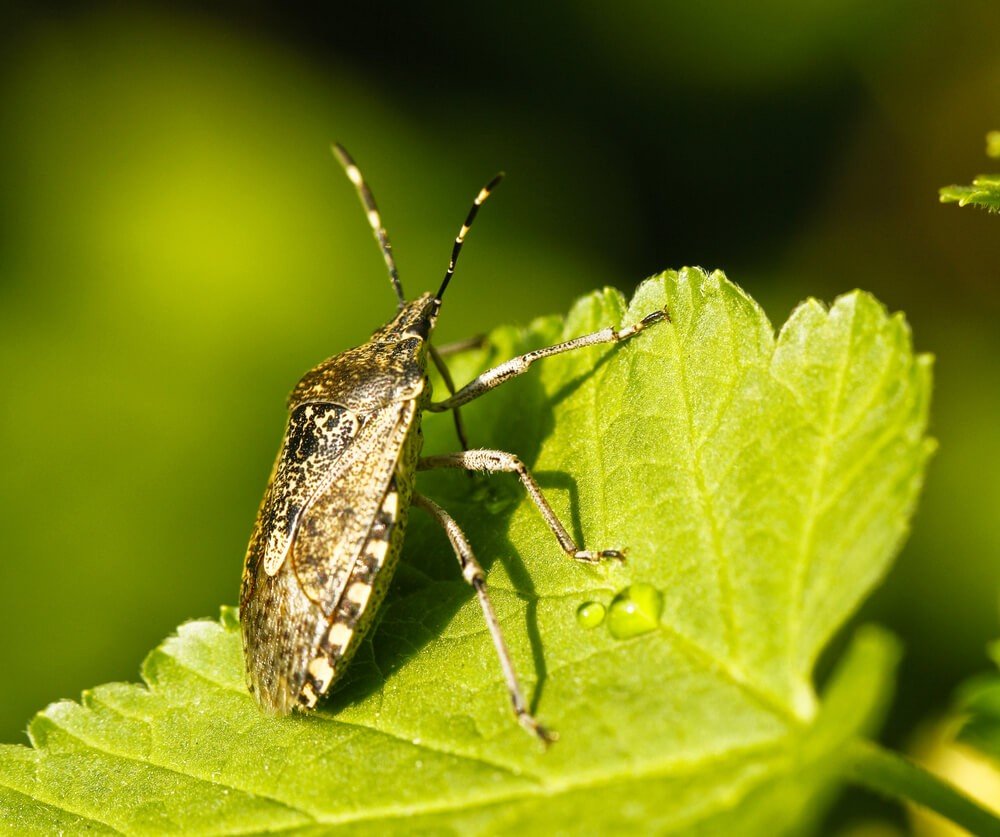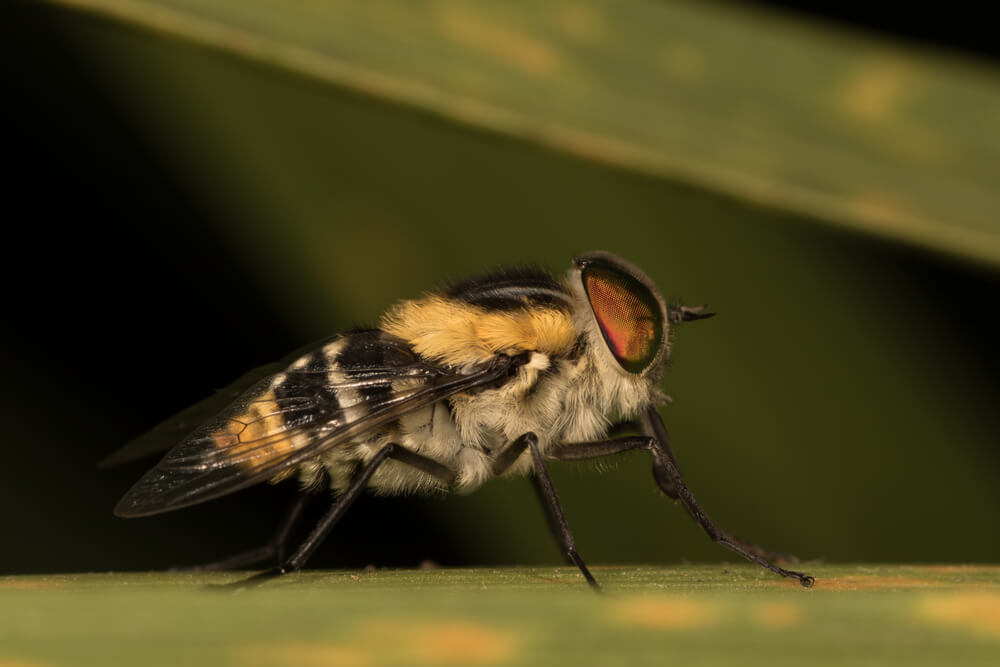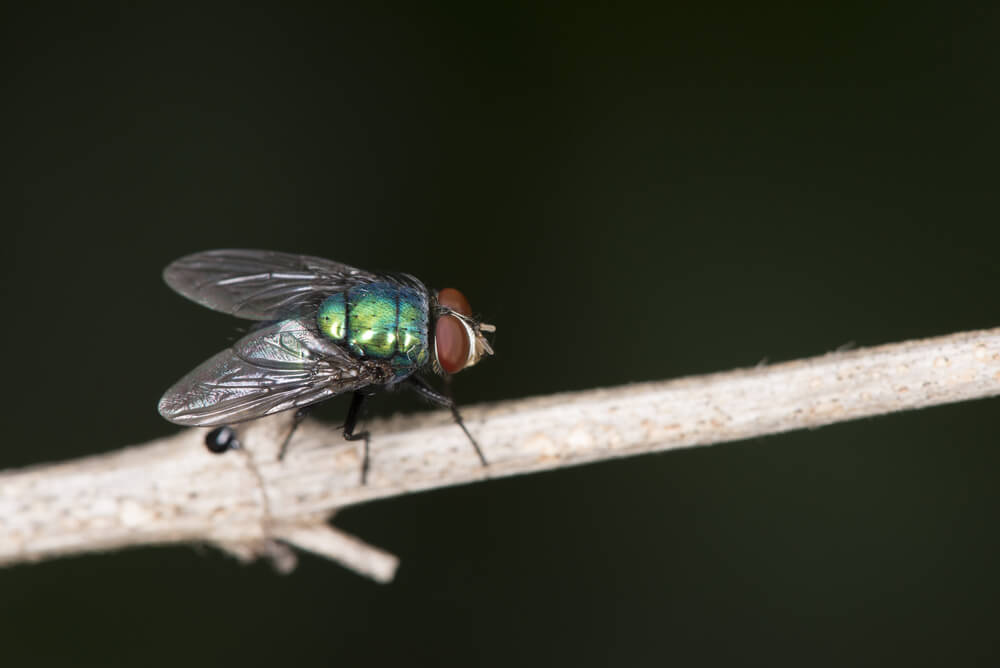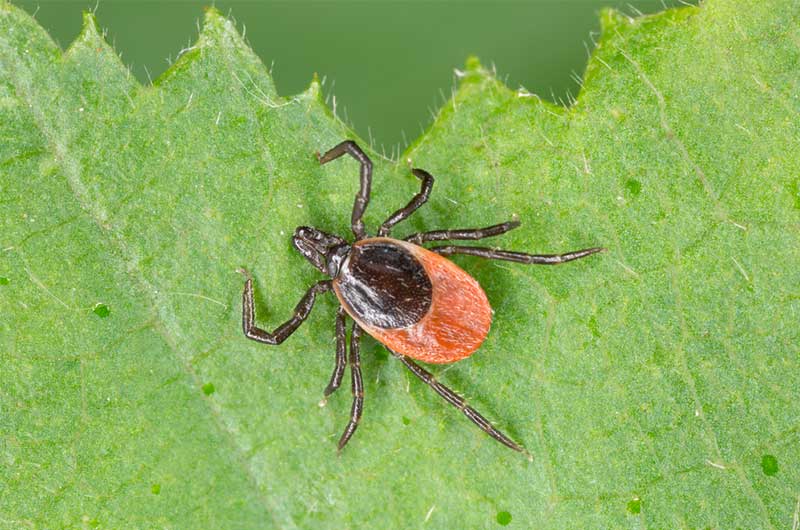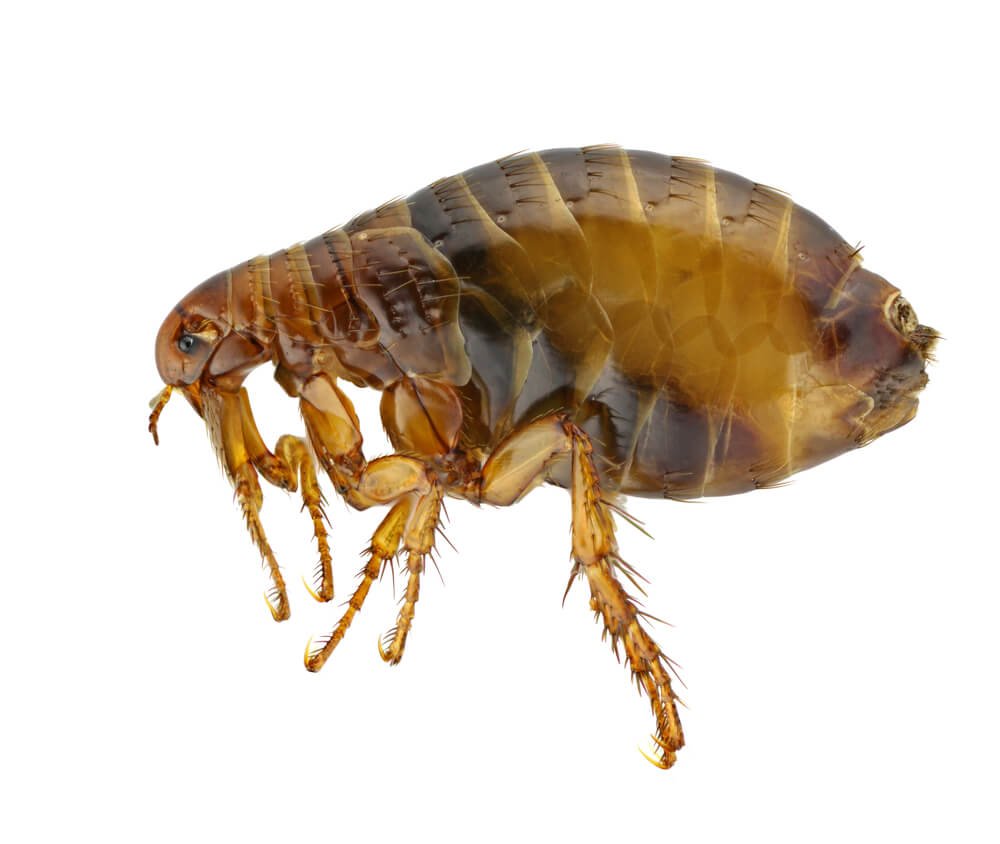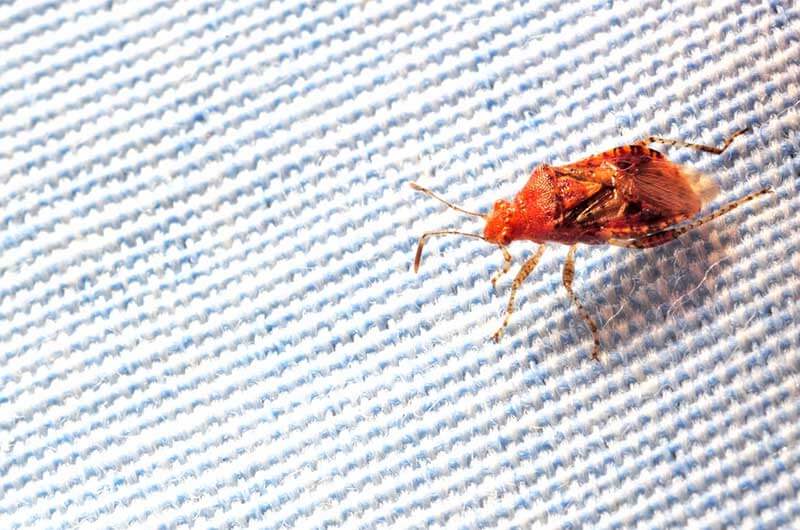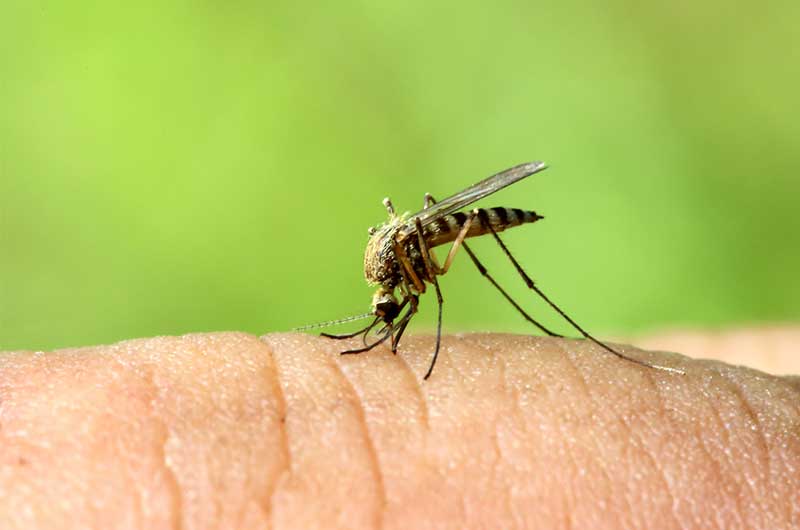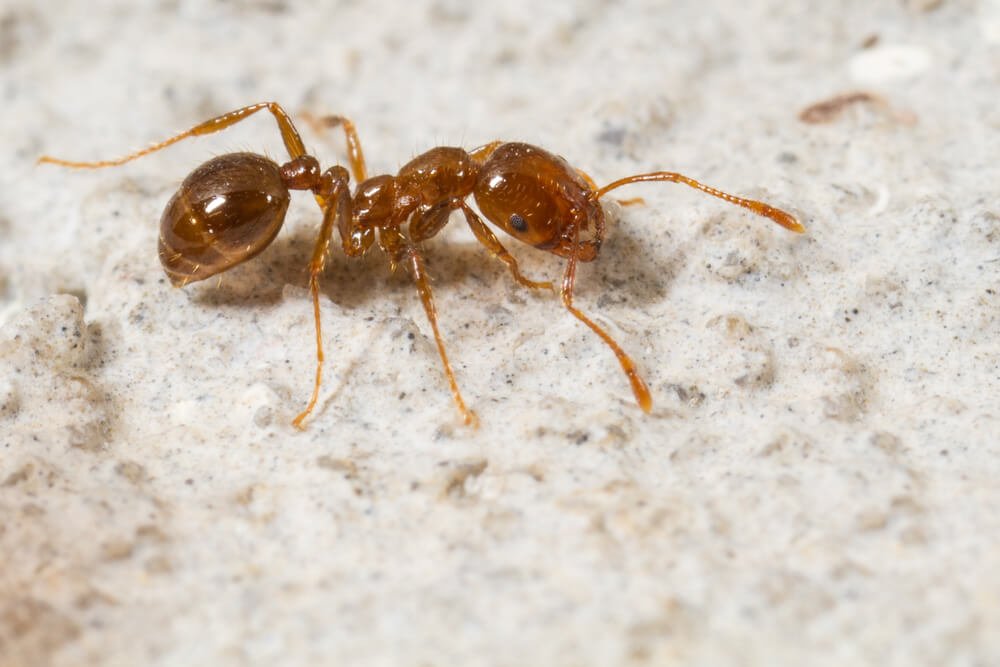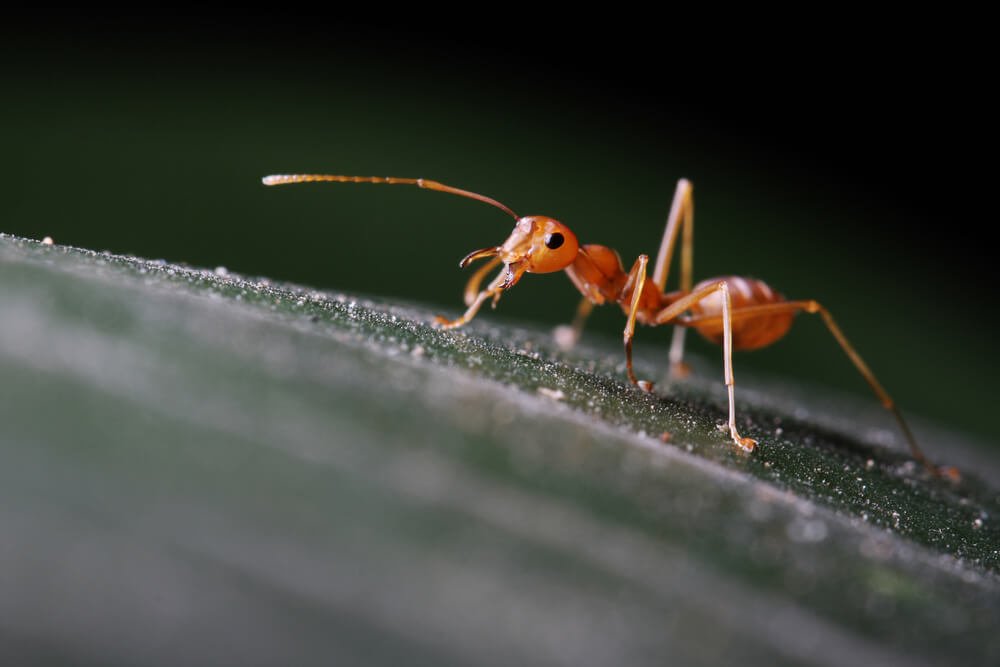Category: Spiders
Wolf Spider
Lycosidae

Details
Size
Length: 1 1/4"
Width: 1"
Color Brown / Orange / Black
DIVERSITY > 2,300
Summary
Wolf spiders are usually large, hairy spiders that are not associated with webs. They look much worse than they are.
Wolf spiders are members of the family Lycosidae, from the Ancient Greek word “λύκος” meaning “wolf”. They are robust and agile hunters with good eyesight. They live mostly solitary lives and hunt alone. Some are opportunistic hunters pouncing upon prey as they find it or even chasing it over short distances. Some will wait for passing prey in or near the mouth of a burrow.
Wolf spiders resemble Nursery web spiders (family Pisauridae), but they carry their egg sacs by attaching them to their spinnerets (Pisauridae carry their egg sacs with their chelicerae and pedipalps). Two of the Wolf spider’s eight eyes are large and prominent, which distinguishes them from the Nursery web spiders whose eyes are all of approximately equal size.
There are many genera of wolf spider, ranging in body size from less than 1 to 30 millimetres (0.04 to 1.18 in). They have eight eyes arranged in three rows. The bottom row consists of four small eyes, the middle row has two very large eyes (which distinguishes them from the Pisauridae), and the top row has two medium-sized eyes. They depend on their excellent eyesight to hunt. They also possess an acute sense of touch.
Their eyes reflect light well, allowing someone with a flashlight to easily hunt for them at night. Flashing a beam of light over the spider will produce eyeshine. The light from the flashlight has been reflected from the spider’s eyes directly back toward its source, producing a “glow” that is easily noticed. This is also especially helpful because the wolf spiders are nocturnal and will be out hunting for food, making it easier to find them.
Wolf spiders are unique in the way that they carry their eggs. The egg sac, a round silken globe, is attached to the spinnerets at the end of the abdomen, allowing the spider to carry her unborn young with her. The abdomen must be held in a raised position to keep the egg case from dragging on the ground, however despite this handicap they are still capable of hunting. Another aspect unique to wolf spiders is their method of infant care. Immediately after the spiderlings emerge from their protective silken case, they clamber up their mother’s legs and crowd onto her abdomen.
Because they depend on camouflage for protection, they do not have the flashy appearance of some other kinds of spiders. In general their coloration is appropriate to their favorite habitat.
Hogna is the genus with the largest of the wolf spiders. Among the Hogna species in the U.S., the nearly solid dark brown Carolina wolf spider (H. carolinensis) is the largest, with a body that can be more than one inch long. It is sometimes confused with H. helluo, which is somewhat smaller and entirely different in coloration.
Some members of the Lycosidae, such as H. carolinensis, make deep tubular burrows in which they lurk most of the time. Others, such as H. helluo, seek shelter under rocks and other shelters as nature may provide. They may wander from place to place, and are therefore more likely to be the ones attracted into human habitation when the weather starts to turn colder in autumn.
There are many smaller wolf spiders. They live in pastures and fields and are an important natural control for harmful insects.
Toxicity
Wolf spiders are capable of defensive bites, and some South American species may give bites that are medically significant. However, in general their presence works in favor of humans because they consume insects.
Wolf spiders will inject venom freely if continually provoked. Symptoms of their venomous bite include swelling, mild pain and itching. Though usually considered harmless to humans, the bite of some species may be painful.
Habitat
Common household pests in the fall when they are looking for a warm place for winter; found around doors, windows, house plants, basements and garages.
Wolf spiders can be found in a wide range of habitats both coastal and inland. These include shrublands, woodland, wet coastal forest, alpine meadows, and suburban gardens. Spiderlings disperse aerially and consequently wolf spiders have wide distributions. Although some species have very specific microhabitat needs (such as stream-side gravel beds or mountain herb-fields) most are wanderers without permanent homes. Some build burrows which can be opened or have a trapdoor. Arid zone species construct turrets or plug their holes with leaves and pebbles during the rainy season to protect themselves from flood waters.
Pest Control
Spider control is best done on a one-to-one, as needed basis. A general spray for spiders is not recommended, unless the infestation seems severe. Tolerate what you can and spray with an aerosol what you can’t.






